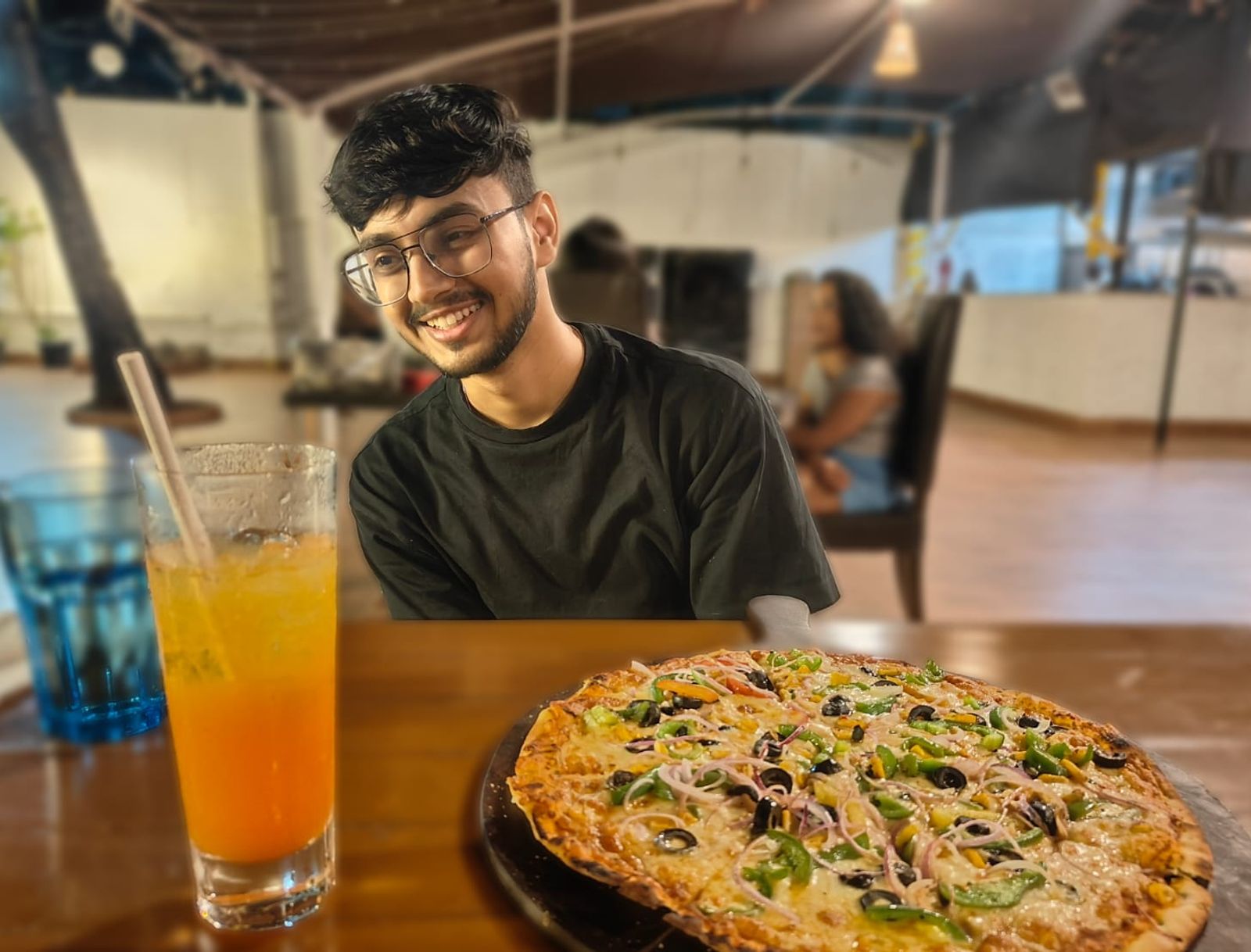When “Sharing Memories” Turns Into a Privacy Nightmare
Imagine this: You’ve just wrapped a big corporate gala or a wedding shoot. The photos go live the next morning — and within hours, someone flags that their image appeared on social media without consent.
Or worse, a private school event album meant for parents gets shared publicly.
Welcome to the 2025 reality — where photo sharing is no longer just about convenience, it’s about trust, control, and compliance.
With AI, facial recognition, and cloud storage expanding rapidly, data privacy in photo apps has become a serious business concern. Guests want their memories — not their identities — shared.
That’s where the privacy-first photo sharing revolution begins.
What Customers Fear Most: The New Risks of “Free” Platforms
For years, photographers have relied on tools like Google Photos, Instagram, or Drive links to deliver images. But in 2025, these platforms come with baggage that clients are increasingly wary of:
- Unwanted Facial Tagging: Big-tech algorithms auto-tag faces for “better organization,” often storing biometric data indefinitely.
- Uncontrolled Sharing: Public album links get forwarded endlessly — anyone with the URL can download and misuse images.
- Data Monetization: Free photo apps aren’t really free; user data often fuels ad targeting and AI model training.
- Compliance Headaches: Schools, corporates, and wedding planners now face legal risks if attendee images are mishandled.
In short, people are done with being the product. They want to know that their event memories stay in trusted hands — not in the hands of an algorithm training engine.

The Pillars of Secure Photo Sharing
To earn user trust, an AI photo sharing platform must go beyond pretty galleries. True “privacy-first” systems are built on four unshakeable foundations:
- End-to-End Encryption: Every photo is encrypted both in transit and at rest — no plain-text storage, no unauthorized previews.
- Granular Access Controls: Organizers decide who can view what — entire albums, or individual photos.
- Privacy-Aligned Sharing: Built around modern data protection laws like GDPR and DPDP.
- No Third-Party Training or Ads: The platform must explicitly avoid using your media for external AI training, advertisements, or analytics.
These measures aren’t just “nice to have.” They’re fast becoming industry standards as more clients ask, “How secure are my event photos?” before signing a contract.
The Legal & Brand Angle: Privacy Laws Catch Up
In 2025, privacy isn’t just a moral responsibility — it’s a legal one.
Here’s why compliance matters more than ever:
- GDPR & DPDP (India): Both laws demand explicit consent before collecting or sharing personal data — and yes, faces in photos count.
- Schools & Institutions: Policies now require restricted visibility for student photos; even “closed” Facebook groups no longer qualify as secure.
- Corporate Events: Leaked internal event photos can lead to brand damage, employee backlash, and loss of client trust.
A privacy-first system protects not only your guests, but also your brand’s reputation and legal peace of mind.

How Kamero Leads the Privacy-First Movement
Kamero isn’t just another photo app — it’s an AI-powered, privacy-first photo sharing platform built for professional events.
Here’s how Kamero ensures every event gallery stays secure, ethical, and private:
- 🔐 Multi-Level Access Control: Only authorized guests can view photos via secure event PINs or QR-code access.
- 🧬 Face Recognition — Ethically Done: Kamero’s AI runs solely to match faces within an event; it never stores or sells biometric data.
- 📵 No Third-Party Access: Photos are hosted in encrypted environments — not shared with ad networks or social media APIs.
- 🧱 Automatic Watermarking: Every image carries your logo, deterring misuse while boosting brand visibility.
- ✉️ Private Notifications: Organizers can send secure in-app updates (like “Your photos are live!”) — no spam emails or public links.
- ☁️ Local Data Control: Kamero allows event hosts and institutions to retain ownership of their galleries, with full deletion rights anytime.
Unlike mainstream platforms, Kamero’s business model doesn’t depend on ads or data mining — it’s built on trust, subscriptions, and transparency.
Why Privacy Builds Loyalty (and Repeat Business)
Trust is the new currency of digital experiences.
When clients feel safe, they not only return — they recommend you.
- In a 2024 industry survey, 78% of event clients said they’d prefer a secure photo-sharing solution even if it cost slightly more.
- Photographers using Kamero report faster approvals, fewer complaints, and more repeat bookings — simply because clients appreciate privacy controls.
- Schools and corporates especially value the ability to manage permissions without sacrificing convenience.
Every secure event gallery builds long-term brand credibility. You’re not just delivering photos; you’re delivering peace of mind.

The Future: From “Public Sharing” to “Private Experience”
2025 marks a turning point in the event photography world.
We’re moving away from “share everywhere” to “share safely with the right people.”
As guests grow more privacy-aware, photographers and event organizers who embrace secure, ethical, AI-powered sharing will lead the next decade.
Platforms like Kamero AI are pioneering this change — offering a space where creativity meets compliance, and innovation meets integrity.
📩 Ready to Go Privacy-First?
Your clients already care about privacy — it’s time your photo delivery does too.
✅ Try Kamero Free for your next event and experience how simple, secure, and intelligent photo sharing can be.
👉 [Book a Demo] or download the Kamero app on [App Store] and [Play Store] today.

About Tanuj Thakkar
Hi! I’m Tanuj Thakkar – a BCA graduate from St. Xavier's College, Ahmedabad, with an endless curiosity for people, ideas, and stories. I’m passionate about sales, marketing, and finding creative ways to connect with people. Nothing excites me more than understanding what makes someone tick and turning that into solutions that actually make a difference.
When I’m not diving into strategies or brainstorming ideas, you’ll probably find me exploring new places, geeking out on tech and innovation, or having conversations that spark fresh perspectives.
